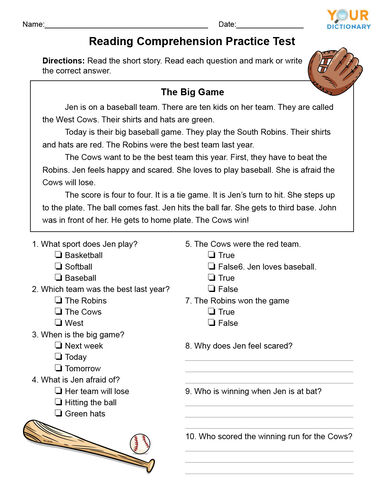

My favorite way to teach these reading comprehension strategies is to do mini-lessons. When we directly teach these strategies in quick, repeated mini-lessons, we are helping students understand a variety of strategies that they can use as needed. Kids who want to improve their reading comprehension will need to keep their eyes on things like the story’s problem, the solution, and its theme (message), or for expository text, the main idea. Tiny details, while interesting, are never part of the big picture ideas. To synthesize well, they’ll need to be able to determine what’s important in the passage. In order to summarize the text, kids have to be able to synthesize the information and pull it all together to make sense of it. Clarifying key vocabulary words that are blocking meaning (using a dictionary or glossary) Using context clues (read around the unknown word and think about what makes sense)ĥ. Slowing down (reading too quickly may make the information unclear)Ĥ. Reading aloud (It may help to hear the information if the reader was scanning mindlessly)ģ. Going back and re-reading (many readers want to skip this strategy, but it’s an excellent technique)Ģ. Some fix-up strategies which should be taught (or reviewed) with upper elementary students include the following:ġ. When kids don’t understand part of the text, they can use fix-up strategies to help them pause, think, and hopefully get back up to speed towards understanding what they’re reading. Comprehension monitoring means that while reading, students are aware of what they understand, what they don’t understand, and what to do to improve their comprehension when they need to. Words are coming in and going out, but nothing is being processed. Kids who are simply word calling are not truly interacting with the text mentally. Comprehension monitoring happens when kids are metacognitive, when they are thinking about their thinking…in this case, thinking about their reading-thinking processes. If I had to choose another absolutely vital part of the reading process, I would say that comprehension monitoring is key. Let’s take a look at six of the most important reading comprehension strategies for upper elementary kids.
#SHORT TEXTS FOR READING COMPREHENSION ELEMENTARY HOW TO#
I’ll be writing a post soon about how to help struggling readers.

They may be struggling for a number of reasons, but if a student can’t read a passage well, of course this will create reading comprehension difficulties. The last group of kids are also in most upper elementary classrooms, and those are the struggling readers. They may seem to read well and they can handle the vocabulary (at first glance), but when you ask them what they read, their answers might be spotty. You’ll also have a good number of kids who have some reading comprehension skills, but they don’t have enough strategies, or they don’t use them consistently. These kids read actively, using their own set of reading comprehension techniques which are succesful for them (Yay! Love it when this happens!). There’ll usually be a handful of students who are skilled readers. In a typical class though, you’ll have a variety of types of readers. Choose the best answer to the question then submit to save your answer.The ultimate goal of any reading teacher is for students to have strong reading comprehension! Although reading comprehension encompasses lots of different reading skills, basically we want students to understand what they’ve read. After reading the passage, you'll answer the questions.

Target: Improve reading skills and vocabulary

Introduction: Elementary Reading Comprehension Tests were designed for beginners.


 0 kommentar(er)
0 kommentar(er)
